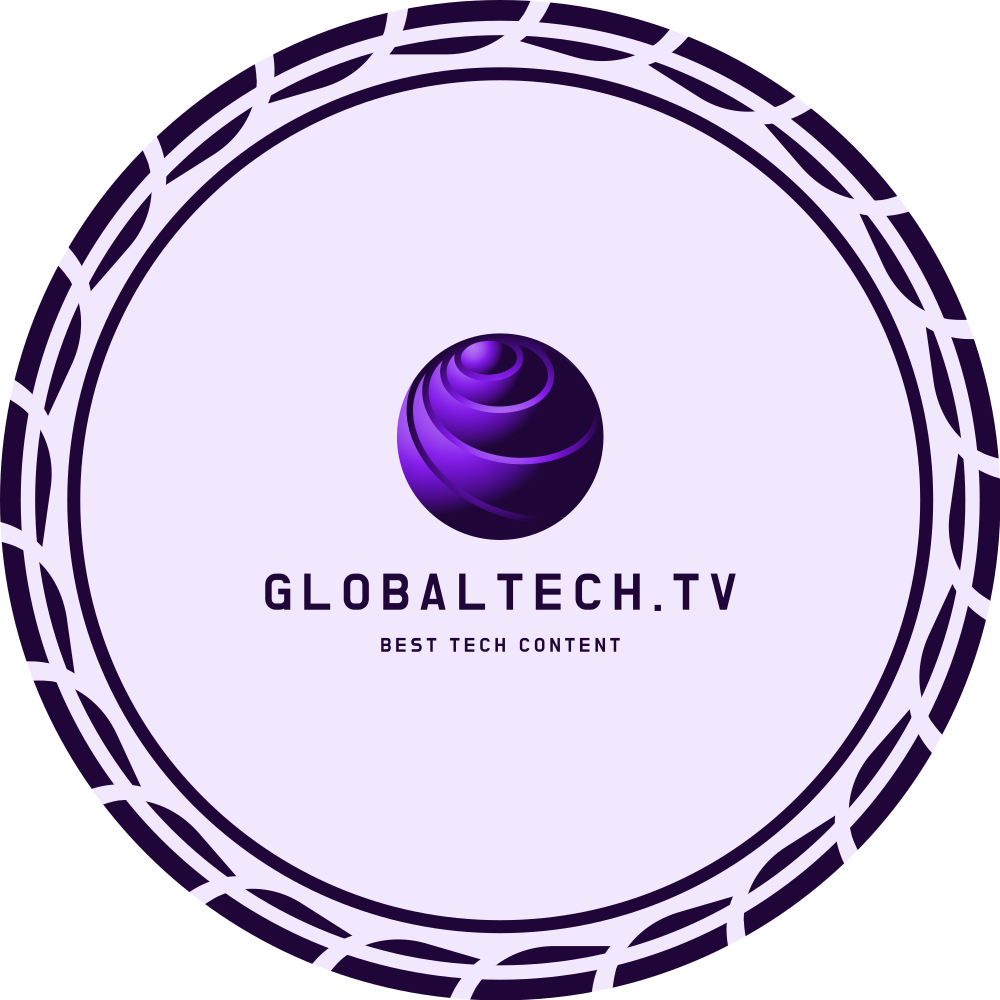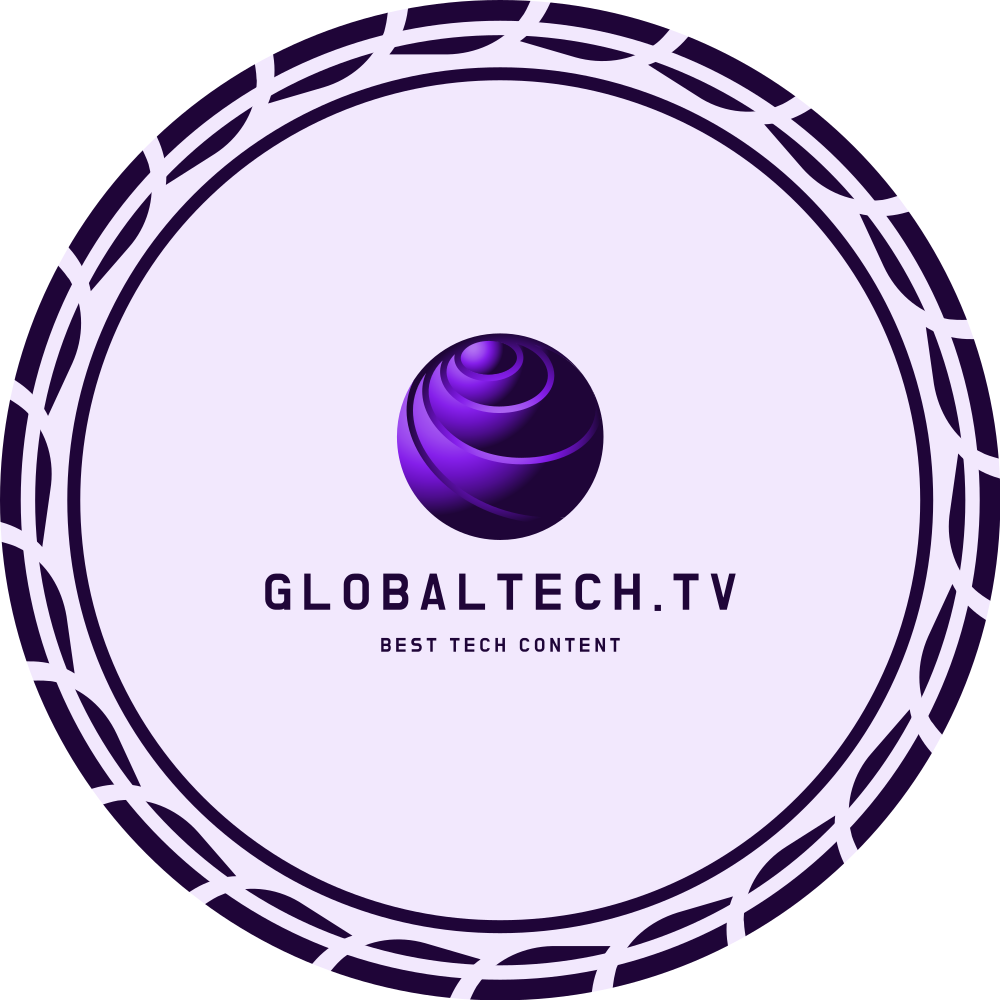Episode Transcript
[00:00:02] Speaker A: Hello everyone and welcome to the global tech tv podcast. Cloud computing has been with us for almost 20 years. 20 years is a big number.
And even if we don't know, we are using cloud services every day. To mention a few examples, we can talk about Gmail emails that we use, the movies that we see on YouTube or Netflix, and even when we are navigating in Waze or Google Maps, we are using cloud computing services. There are of course a lot of more. And in this series of podcast episodes, we are going to talk with Yaal about cloud services, mainly as a modern it services. And the most important thing that I believe that we are doing is starting from the beginning.
So before we begin to talk a little more about cloud, I think that we should start from the beginning. So, Eyal, what is cloud computing?
[00:01:06] Speaker B: Okay, so we take the terminology of cloud computing from NIST, the national institution of Standard Technology, the american NIST, and it set the following characteristics for cloud computing. The first one is on demand self service, which means the ability to consume a service using a self service portal without a need to contact service provider. Secondly, broad network access, meaning the ability to access a service over the network, for example over the Internet, using any standard mechanism such as a computer or a mobile phone.
Third, resource pooling, meaning the ability of multiple customers to share and consume services such as compute, network or storage located in a cloud service providers data center. Fourth, we have the rapid elasticity, meaning the ability to build and consume applications that automatically add or remove resources such as cpu or memory, or even storage according to the load on the service or the application itself. And lastly, measured service, which means the ability to generate reports about how much resources have we consumed over the past period of time and what is the actual cost for the service that we have actually consumed. And we are about to pay to the service provider.
[00:02:36] Speaker A: Okay, so we understand now in a high level, what is cloud computing, but what type of cloud deployment models we have?
[00:02:48] Speaker B: Real okay, so according to NIST, we have four types, or maybe five types of deployment models. The first one is private cloud, meaning an infrastructure that was provisioned for a specific organization and usually maintained by the organization itself.
And then we have the public cloud, which is the most commonly used. And this is going to be our focus in the next couple of episodes. Public clouds is the shared infrastructure provisioned for multiple organizations and maintained by a cloud service provider in a multi tenant environment.
Then we have something which is less commonly used is the community cloud.
It's a cloud infrastructure serving several organizations from a similar industry or similar security or business requirements, for example cloud infrastructure service, a governance or banking or academia, anything that is relating on the same industry.
The next thing is the hybrid cloud, which means infrastructure made from a combination of one or more types of clouds. For example, organization that is extending its local data center or maybe it's private cloud into the public cloud. This is an example of hybrid cloud. Lastly, we have multi cloud which is infrastructure spanned across multiple cloud public cloud providers. For example, if we have a CRM application located on Salesforce data center, sending data for further analytics to a Google Bigquery database. So this is an example of sharing information across multiple cloud providers.
[00:04:33] Speaker A: And of course there are a lot of more examples that we can talk about. Multi cloud is really interesting in the last few years, but I understand for me it was a little difficult at the beginning. Someone started talking with mirial about is pass and I didn't know what he wanted from me. So please, please, if you can give some details about that.
[00:05:01] Speaker B: Okay, so going back to NIST definitions, so we have three cloud service models. We have the IaaS or infrastructure as a service. It's the ability to consume basic infrastructure such as virtual machines, storage or network.
As customers, we control the operating system of the virtual machine, the software configuration inside the virtual machine. We define how much storage capacity we need, maybe network firewalling rules, patch management, backups. These are the things we are in charge of. The next layer is the PaaS or platform as a service. And this is the ability to consume a managed service such as a database, storage and some form of compute services such as managed containers, or function as a service which is also known as serverless. And we're going to talk about it in one of the common chapters in the pass model. We don't have to maintain, we are not maintaining the operating system and we don't need to maintain the under layers. For example, we don't need to deal with patch management or hardening or backup. This is all under the responsibility of the cloud provider.
Lastly, and perhaps the most commonly used service worldwide is this, SaaS software as a service. And this is the most commonly used type of cloud service. As customers we receive fully managed service. Usually we open a browser or mobile app to log into this service.
Common example of services can be Microsoft 365 Dropbox for shared storage, Salesforce for CRM, and there are many, many more examples of SaaS services.
[00:06:48] Speaker A: Okay, so at the end of the day, what really makes different managing a public cloud to a data center?
[00:07:01] Speaker B: So in terms of hardware software, the public cloud offers pretty much the same fundamental capabilities.
The fact that organization can switch from maintaining data centers, hardware or physical or virtual servers to consuming and managed services such as managed database, managed storage, or maybe consuming a fully email messaging service, CRM or maybe HR application in the SaaS models allows organizations to put the high maintenance of IT work and focus to put it aside, move it into the cloud provider and actually focus on making their own business.
Developers can easily deploy an infrastructure for their application and focusing on developing new features for their customers. Salespeople can update the relationship with their customers using a managed CRM instead of having to wait for the IT teams to deploy a highly available cluster of servers, making sure there are no resources issues such as disk or storage space.
Basically, the cloud offers us many advantages. The traditional IT and legacy data center were simply not enough for us. Using the cloud, we can achieve the same task we used to do for many years on prem, but in a much more efficient and cost effective way.
We just need to learn how to gain the full benefits of the cloud in order to make it more efficient.
[00:08:40] Speaker A: So in this chapter we talk about cloud services, explain the difference between private cloud, hybrid cloud and private cloud, and we talk also about the models, the service models that are consumed in the cloud, Iaas, PaaS and SaaS. In the next chapter we will talk about the shared responsibility model. It's around more security, but we will get into it the next chapter and most important thing, maybe you are welcome to follow us in social media, global tech, tv. We are on Twitter, LinkedIn, Facebook and all others, mainly the most social medias. And also feel free to talk, write, ask questions and maybe suggest future topics for discussions. So yeah, thank you very much. Thank you for all the people that listen to us. And until the next one, bye.


